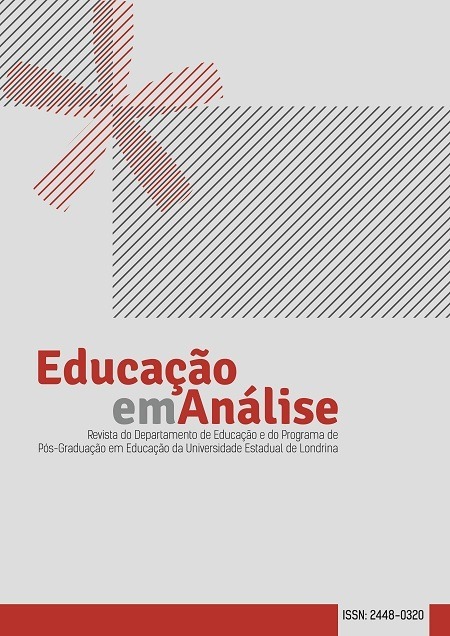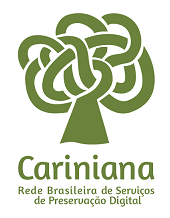Snow White and the cultured man
DOI:
https://doi.org/10.5433/1984-7939.2020v5n1p201Keywords:
Children's literature, Fairy tale, Cutured man.Abstract
Fairy tales, also called Fantastic Stories or Magic Tales, are narratives that are part of the folkloric literary, propagated through generations. In addition to expressing the culture of a people and an time, its propagation is fundamental for the collective and social development of men. This work aims to analyze how the culture of the cultured man produces different understandings from the literary work Snow White, written by the brothers Jacob and Wilhelm Grimm. For this purpose, the Brazilian version contained in the book Grimm’s Tales, translated by Heloísa Jahn and published in 1996 by the publisher Companhia das Letrinhas, was used. In the course of the analysis, three configurations of looks for a written work will be demonstrated: its graphic aspects, the intersemiotic relationship between the text and the illustration, and its intertextuality. Each of these analyzes, by themselves, will indicate different degrees of appropriations of the literary culture. Through documentary research based especially on Bettelheim's psychoanalytical analyzes, we seek to discover how contact with the author's written, academic or literary productions can give the story a unique and singular interpretation in relation to the stepmother, stepdaughter and her disputes, but also to discuss the understanding of the concept of cultured man.References
CAMARGO, L. A relação entre imagem e texto na ilustração de poesia infantil. [São Paulo: Unicamp, 2019]. Disponível em: https://www.unicamp.br/iel/memoria/Ensaios/poesiainfantilport.htm. Acesso em: 25 nov. 2019.
CHARAUDEAU, P.; MAINGUENEAU, D. Dictionnaired’analyse du discours.Paris: Seuil, 2002.
COUTINHO, A. Notas de teoria literária. 2. ed. Rio de Janeiro: Civilização Brasileira, 1978.
GRIMM, J.; GRIMM, W. Branca de Neve. In: GRIMM, J.; GRIMM, W. Contos de Grimm. São Paulo: Companhia das Letrinhas, 1996. v. 4, p. 47-63.
LANE, M. Picturing a rose: a way of looking at fairy tales. New York: H. W. Wilson, 1993.
LUBETSKY, M. J. The magic of fairy tales: psychodynamic and developmental perspectives. Child psychiatry and human development, New York, v. 19, n. 4, p. 245-255, 1989.
ROBINSON, O. Rymes and reasons in the Grimms Kinder und hausmarchen. The German Quarterly, Philadelphia, v. 77, n. 1, p. 47-58, 2004.
SCHNEIDER, R. E. F.; TOROSSIAN, S. D. Contos de fadas: de sua origem à clínica contemporânea. Psicologia em Revista, Belo Horizonte, v. 15, n. 2, p. 132-148, ago. 2009. Disponível em: http://pepsic.bvsalud.org/pdf/per/v15n2/v15n2a09.pdf. Acesso em: 5 jul. 2018.
TOLKIEN, J. R. R. Árvore e folha. São Paulo: Martins Fontes, 2013.
Downloads
Published
How to Cite
Issue
Section
License
The journal reserves the right to make normative, orthographic and grammatical changes in the originals, with the aim of maintaining the cultured standard of the language and the credibility of the vehicle. It will, however, respect the authors' writing style. Alterations, corrections, or suggestions of a conceptual nature will be sent to the authors when necessary. In these cases, the articles, after being adequate, should be submitted to a new appreciation.








